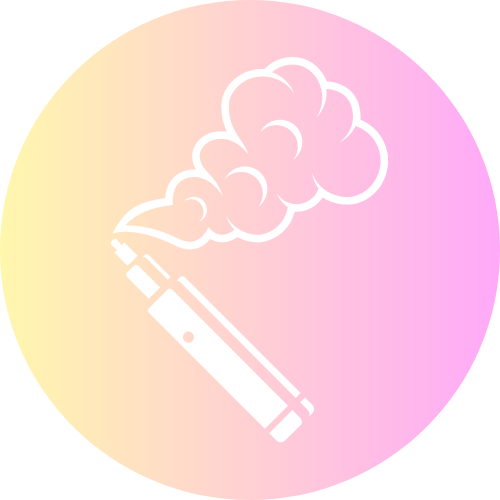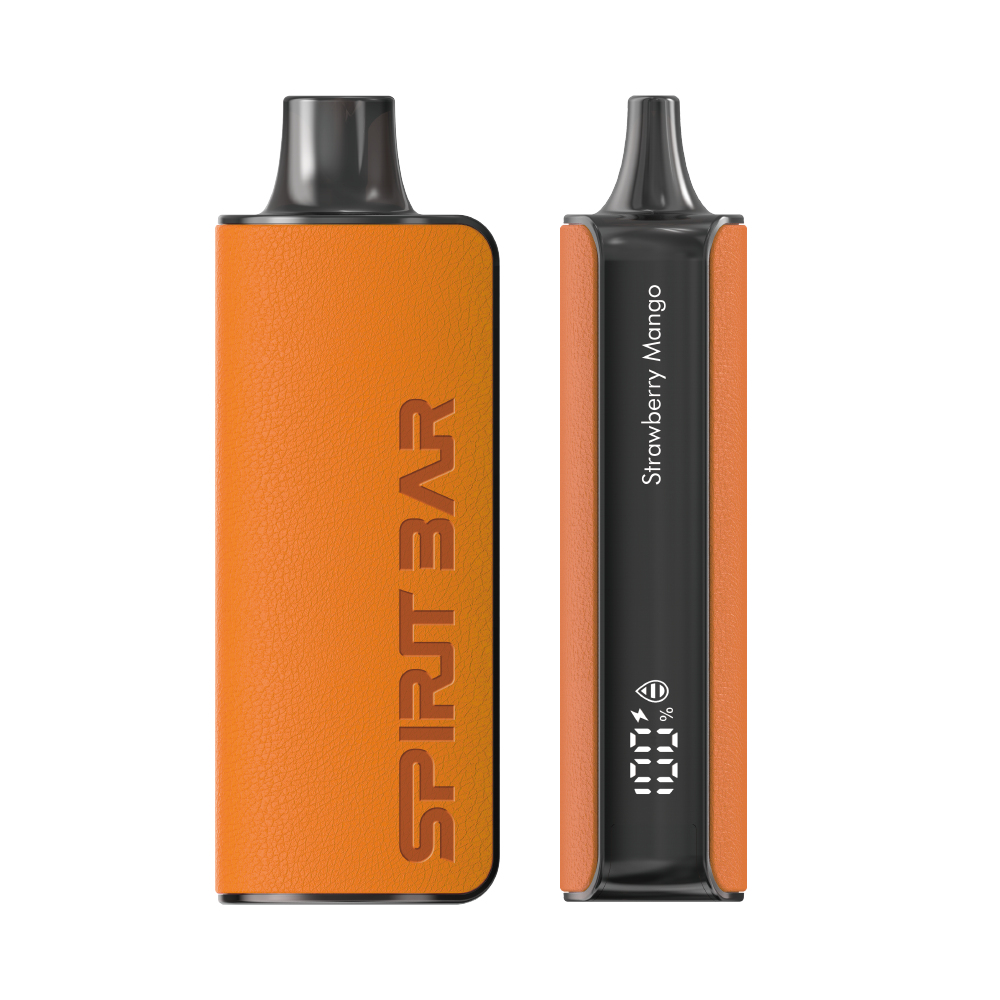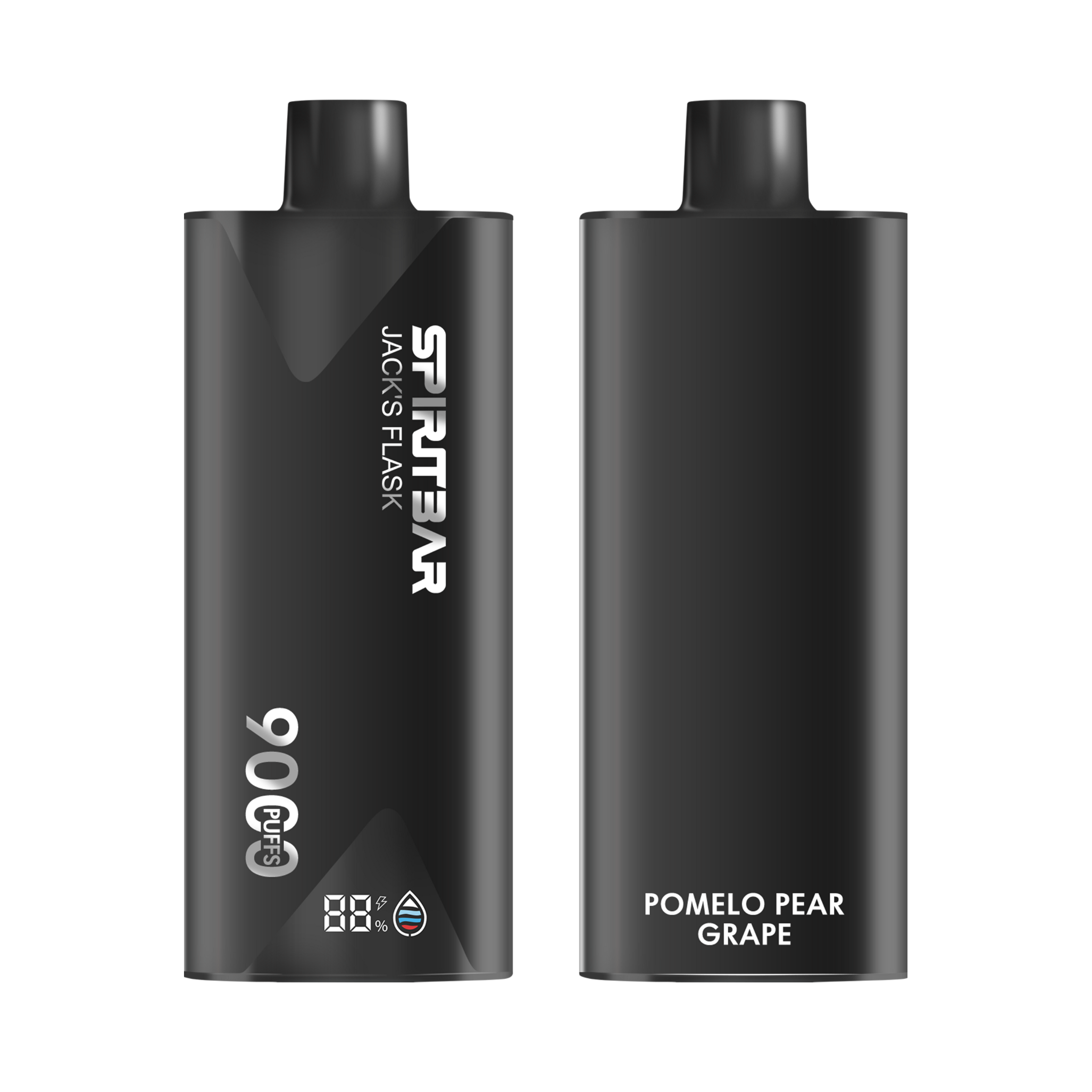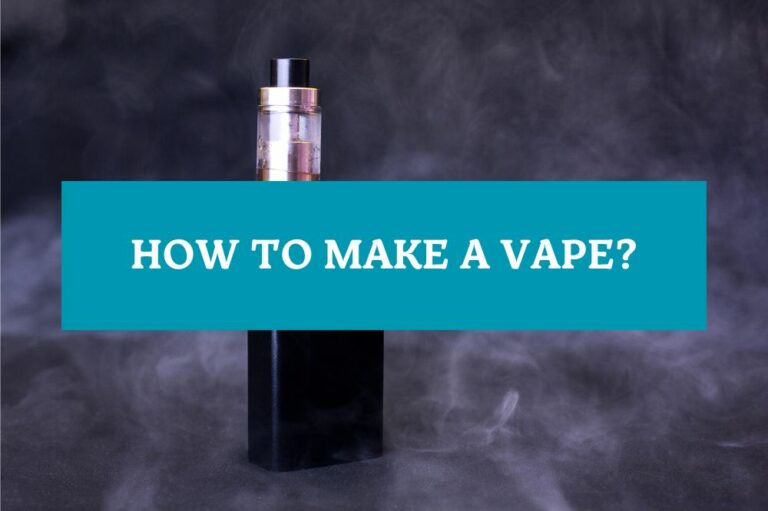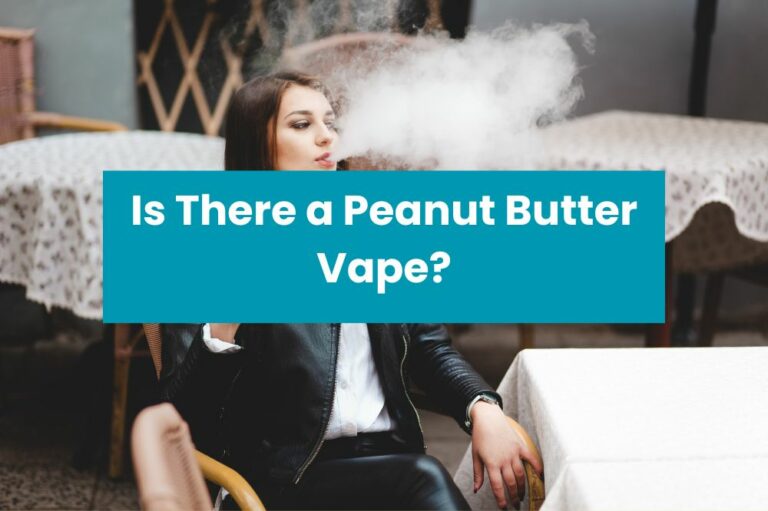How Many Puffs of a Vape is OK?
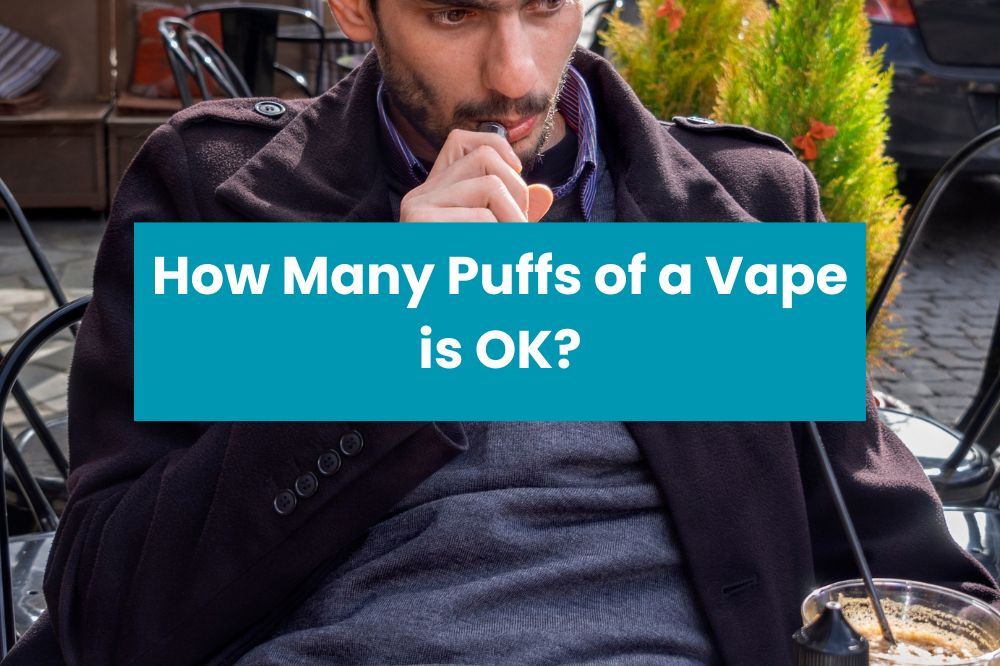
Are you a vaper who’s wondering how many puffs of a vape is okay? You’re not alone. Many people who have recently switched from smoking to vaping are curious about how much they should be vaping. While there isn’t a one-size-fits-all answer to this question, there are some general guidelines you can follow to ensure you’re using your vape safely and responsibly.
First and foremost, it’s important to understand that vaping is not risk-free. While it’s widely believed to be a safer alternative to smoking, vaping still comes with some potential health risks. That’s why it’s important to use your vape responsibly and in moderation. One way to do this is by limiting the number of puffs you take each day. But how many puffs is okay? Keep reading to find out.
Understanding Vaping
Vaping is the act of inhaling and exhaling vapor produced by an electronic device known as a vape. The device heats a liquid, called e-juice or e-liquid, that typically contains nicotine, flavorings, and other chemicals. When the liquid is heated, it turns into vapor that is inhaled into the lungs.
Vaping has become increasingly popular in recent years, especially among young adults and teenagers. While some people use vaping as a way to quit smoking, others use it recreationally or socially.
It’s important to understand that vaping is not without risks. While it may be less harmful than smoking traditional cigarettes, it still exposes you to a variety of chemicals and toxins. The long-term health effects of vaping are not yet fully understood, but some studies suggest that it may increase the risk of heart disease and lung problems.
SPIRITBAR Katana BP10000
- Slender, leather-textured body reminiscent of a katana handle for an authentic samurai feel
- Unique samurai-inspired e-liquid flavor - fruity yet not too sweet, with a luxurious, elegant aroma
- Powerful 650mAh rechargeable battery for extended vaping time
- Large 18ml e-liquid capacity and 10,000 puff capacity
- Advanced mesh coil and e-liquid & power display screens for optimal vaping experience
The special juice captures the essence of the samurai spirit with its rich, smoothly pulsating flavor that brings new satisfaction with every puff. The device's slender, leather-textured design evokes the grip of a samurai's katana, making this product a perfect choice for beginner vapors.
To minimize the risks associated with vaping, it’s important to use the device responsibly. This includes understanding how much nicotine you are consuming, how often you are vaping, and how to properly maintain and use your device.
One way to monitor your nicotine intake is by tracking the number of puffs you take on your vape. Different devices and e-liquids contain varying levels of nicotine, so it’s important to read the labels and instructions carefully. As a general guideline, experts recommend that you aim to vape approximately 1-2ml of e-liquid per day with a nicotine salt concentration of around 20mg/ml.
By understanding the risks associated with vaping and using your device responsibly, you can enjoy the benefits of this popular activity while minimizing the potential harm to your health.
Determining the Right Number of Puffs
When it comes to vaping, there is no one-size-fits-all answer to how many puffs are okay. It is essential to determine the right number of puffs for you based on your individual needs and preferences. Here are a few factors to consider:
SPIRITBAR Jack’s Flask 9000 Puffs
- Stylish pirate flask-shaped body providing an exciting vaping experience
- Delivering up to 9000 puffs per device
- 20ml e-liquid capacity with 50mg nicotine strength for satisfying throat hit
- Specialized pirate-themed e-juice flavors for rich, swirling taste
- Premium mesh coil optimizes flavor profile for maximum vaping enjoyment
This disposable vape captures the daring spirit of the high seas with its flask styling and signature pirate e-juice flavors. The extraordinary battery life provides 9000 indulgent puffs for extended vaping pleasure. Live boldly and freely with the Jack's Flask - a legendary vaping experience fit for a pirate's adventures.
Nicotine Strength
The nicotine strength of your e-liquid is a crucial factor in determining the number of puffs you should take. If you are using a high-strength nicotine e-liquid, you will need fewer puffs to satisfy your cravings than you would with a lower strength e-liquid.
Vaping Frequency
Another factor to consider is how often you vape. If you are a heavy vaper, you may need to take more puffs throughout the day to satisfy your cravings. On the other hand, if you only vape occasionally, you may only need a few puffs to get your fix.
Personal Tolerance
Your personal tolerance level is also a significant factor in determining the right number of puffs for you. Some people can handle higher levels of nicotine than others, so it is essential to pay attention to how your body reacts to different levels of nicotine.
Experimentation
Ultimately, the best way to determine the right number of puffs for you is through experimentation. Start with a low number of puffs and gradually increase until you find the number that satisfies your cravings without making you feel uncomfortable. Keep in mind that vaping is a personal experience, and what works for one person may not work for another.
By considering these factors and experimenting with different numbers of puffs, you can find the right balance that works for you and your vaping needs.
Factors Influencing Puff Count
When it comes to vaping, the number of puffs you take can depend on several factors. Here are a few key factors that can influence your puff count:
1. E-liquid Capacity
One of the biggest factors that can influence your puff count is the capacity of your e-liquid. In the UK, the maximum amount of e-liquid allowed by law in any disposable vape or any bottle of nicotine-containing e-liquid is 2ml. Most disposables contain 2ml of e-liquid. A 10ml bottle of e-liquid contains enough vape juice to give you 1000 puffs at about 100 puffs per 1 ml.
2. Battery Size
Another factor that can influence your puff count is the size of your battery. The larger the battery, the longer it will last, and the more puffs you can take. However, keep in mind that a larger battery can also mean a larger device, which may not be as convenient to carry around.
3. Nicotine Level
The nicotine level in your e-liquid can also play a role in your puff count. If you’re a heavy smoker transitioning to vaping, you may require a higher nicotine salt concentration to satisfy your cravings adequately. In general, heavy smokers should aim to vape approximately 1-2ml of e-liquid with a nicotine salt concentration of around 20mg/ml per day.
SPIRITBAR Katana BP10000
- Slender, leather-textured body reminiscent of a katana handle for an authentic samurai feel
- Unique samurai-inspired e-liquid flavor - fruity yet not too sweet, with a luxurious, elegant aroma
- Powerful 650mAh rechargeable battery for extended vaping time
- Large 18ml e-liquid capacity and 10,000 puff capacity
- Advanced mesh coil and e-liquid & power display screens for optimal vaping experience
The special juice captures the essence of the samurai spirit with its rich, smoothly pulsating flavor that brings new satisfaction with every puff. The device's slender, leather-textured design evokes the grip of a samurai's katana, making this product a perfect choice for beginner vapors.
4. Inhalation Technique
Your inhalation technique can also affect your puff count. If you’re taking shorter, shallower puffs, you may end up taking more puffs to get the same amount of vapor. On the other hand, if you’re taking longer, deeper puffs, you may take fewer puffs overall.
5. E-liquid Flavor
Finally, the flavor of your e-liquid can also impact your puff count. Some flavors may be more satisfying than others, which can affect how often you feel the need to take a puff. Additionally, some flavors may be more harsh on your throat, which can make you less likely to take as many puffs.
Health Implications of Vaping
Vaping has become a popular alternative to smoking in recent years, but it’s important to understand the potential health implications of this habit. While some people believe that vaping is a safe alternative to smoking, the truth is that vaping can still have negative effects on your health.
Short Term Effects
When you vape, you inhale a mixture of chemicals that can have immediate effects on your body. Some of the short-term effects of vaping include:
- Coughing
- Throat irritation
- Headaches
- Nausea
- Dizziness
These effects are usually mild and go away on their own, but they can be uncomfortable and unpleasant. If you experience any of these symptoms, it’s a good idea to take a break from vaping and see if they go away.
Long Term Effects
The long-term effects of vaping are less well understood than the short-term effects, but there is growing evidence that vaping can have negative effects on your health over time. Some of the potential long-term effects of vaping include:
- Lung damage
- Heart disease
- Cancer
- Respiratory problems
While more research is needed to fully understand the long-term effects of vaping, it’s clear that vaping is not a risk-free habit. If you’re concerned about the potential health implications of vaping, it’s important to talk to your doctor and consider quitting.
In conclusion, vaping may seem like a safer alternative to smoking, but it’s important to understand the potential health implications of this habit. While the short-term effects of vaping are usually mild and go away on their own, the long-term effects are less well understood and may be more serious. If you’re concerned about the health implications of vaping, talk to your doctor and consider quitting.
Regulating Your Vape Usage
When it comes to vaping, it’s important to regulate your usage to ensure that you’re not putting yourself at risk. Here are a few tips to help you regulate your vape usage:
1. Keep Track of Your Puff Count
Knowing how many puffs you take in a day can help you regulate your usage. According to a study, approximately 85% of vapers consume around 140 puffs per day, while the remaining 15% exceed 300 puffs daily. However, it is essential to note that these figures are not necessarily indicative of a safe limit for everyone. It is best to monitor your own usage and adjust accordingly.
2. Be Mindful of Your Nicotine Content
The amount of nicotine in the e-liquid you use is one of the most important elements to consider. Understanding the dangers of taking large dosages is critical because it is a highly addictive chemical. It is in e-liquid and can vary greatly, from as little as 3mg to as much as 50mg. Be mindful of the nicotine content in your e-liquid and choose a level that works for you.
3. Take Breaks
Taking breaks between vaping sessions can help you regulate your usage. Try to take a break every 30 minutes to an hour to give your body a chance to rest. This can also help reduce the risk of developing a nicotine addiction.
4. Listen to Your Body
Your body will tell you when you’ve had enough. If you start feeling dizzy, lightheaded, or nauseous, it’s time to take a break. Don’t push yourself too hard, and always listen to your body.
By following these tips, you can help regulate your vape usage and reduce the risk of developing health problems. Remember to always be mindful of your usage and adjust accordingly.
Vaping Etiquette
When it comes to vaping, there are certain rules and guidelines that you should follow to ensure that you’re being considerate to those around you. Here are some tips on vaping etiquette:
- Be aware of your surroundings. If you’re in a public space, make sure you’re not vaping in areas where smoking is prohibited. You should also be mindful of other people around you, especially if they’re not vapers themselves.
- Don’t blow huge clouds. While it may be fun to see how big of a cloud you can exhale, it’s not very considerate to those around you. Not everyone wants to be engulfed in a cloud of vapor, so try to keep your exhales small and discreet.
- Don’t vape around people in masks. If you’re in the presence of people wearing masks, don’t vape. These people likely feel vulnerable health-wise, hence those masks. Walk away if you’re in dire need of a puff.
- Respect others’ preferences. If someone asks you not to vape around them, don’t take it personally. Everyone has their own preferences, and it’s important to respect them.
- Vape away from children. If there are children around, make sure you’re not vaping near them. Not only is it not very considerate, but it can also be harmful to their health.
By following these simple guidelines, you can ensure that you’re being a considerate vaper. Remember, vaping is a personal choice, but it’s important to be respectful of those around you.
Alternatives to Vaping
If you’re looking for alternatives to vaping, there are several options available. Here are a few popular ones:
- Nicotine Replacement Therapy (NRT): NRT products deliver nicotine to the body in a controlled way. This consistent dose can help ease nicotine withdrawal symptoms associated with quitting smoking or vaping. NRT products include nicotine gum, patches, lozenges, inhalers, and nasal sprays. You can purchase these products over the counter at your local pharmacy.
- Herbal Cigarettes: Herbal cigarettes are tobacco-free and nicotine-free, and they come in a variety of flavors. They are made from herbs such as mint, clover, and cinnamon and are a great alternative for those who want to quit smoking or vaping. However, it’s important to note that herbal cigarettes still produce smoke, which can be harmful to your health.
- Smokeless Tobacco: Smokeless tobacco products, such as chewing tobacco and snuff, are another alternative to vaping. However, these products are not without their risks. Smokeless tobacco can cause gum disease, tooth decay, and oral cancer.
- CBD Oil: CBD oil is derived from the hemp plant and is believed to have numerous health benefits, including reducing anxiety and pain. It’s available in a variety of forms, including tinctures, capsules, and vape oils. However, it’s important to note that CBD oil is not regulated by the FDA, so it’s important to do your research before purchasing any products.
- Exercise: Exercise is a great way to reduce stress and anxiety, which are common triggers for smoking and vaping. It also releases endorphins, which can improve your mood and overall sense of well-being.
Remember, quitting smoking or vaping is a journey, and it’s important to find the right alternative that works for you. If you’re struggling to quit, consider reaching out to a healthcare professional for additional support and guidance.
